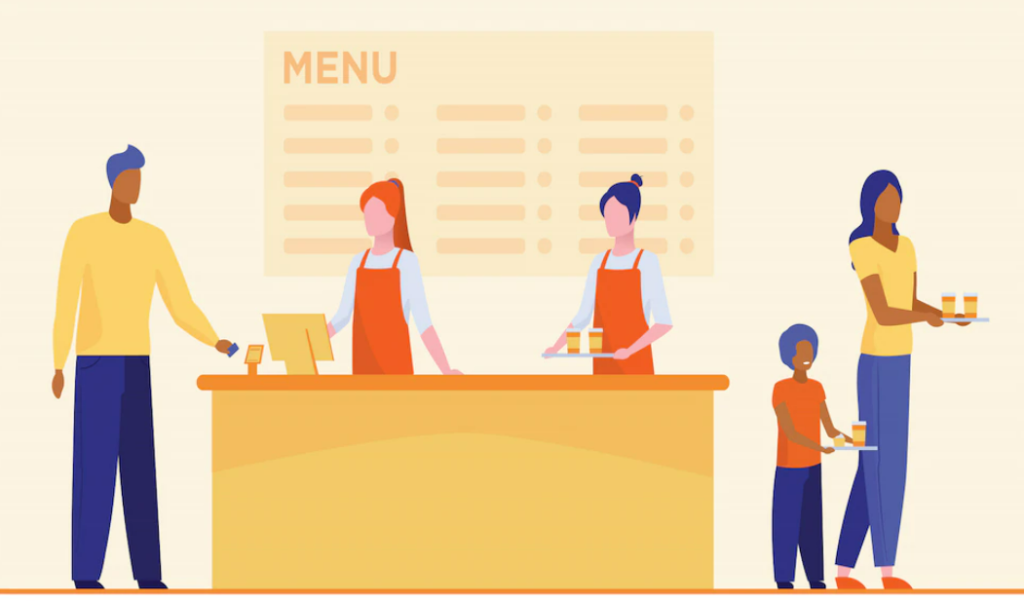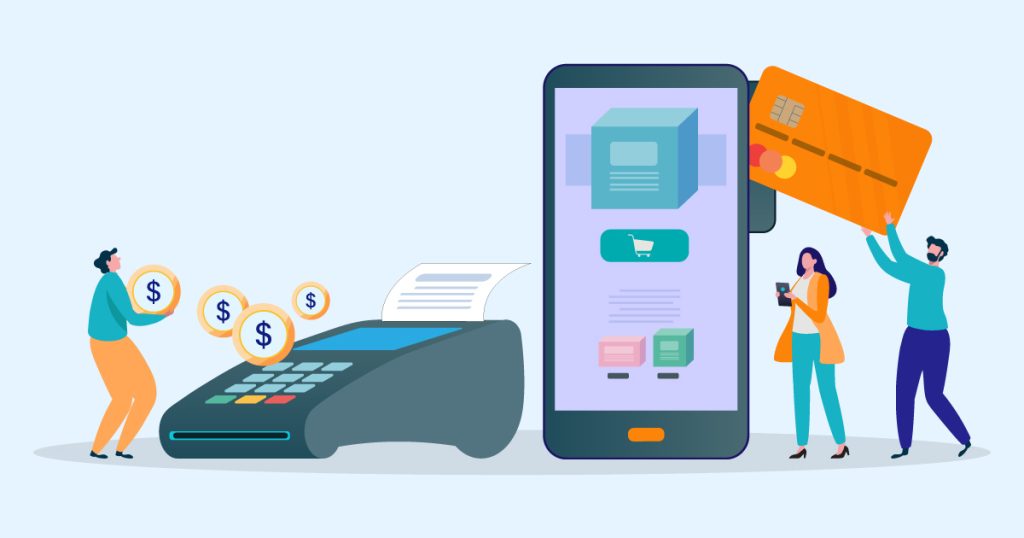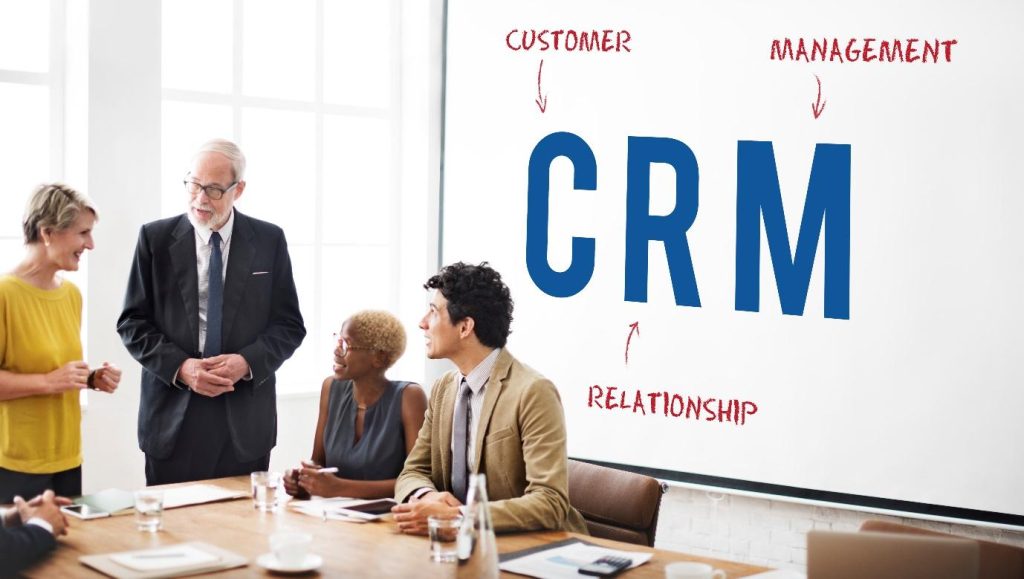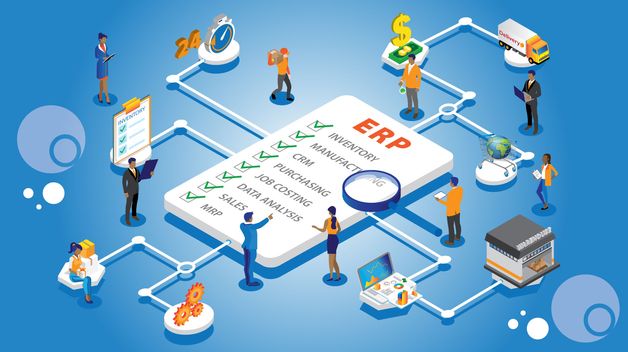A point of sale is the place where your customer makes a payment for products or services at your store.
While A point of sale system is the hardware and software that enable your business to make those sales.
If you want to learn more about point of sale solutions and how you as a small business owner can use them to your advantage please continue reading this blog.
What is a small business?
Here when we say small business, we are talking about the Restaurants, Retailers, mom-and-pop stores, and similar small businesses.
How does the POS system work for small businesses?
A point of sale system allows your business to accept payments from customers and keep track of sales. It sounds simple enough, but the setup can work differently, depending on whether you sell online, have a physical storefront, or both.
Advantages of POS for small businesses:
So let’s discuss what your business can gain from a sophisticated point of sale.
a. Better Inventory Management.
b. Quick Payments.
c. Regular Updates.
d. Better Customer Experience.

What are the steps involved in a POS System?
So now we know the advantages and how it works, let’s see how we can step by step introduce the point of sale system into your business.
I. A customer decides to buy your product or service:
If you have a physical store, a sales associate can use this system to save time and manual labor. The associate will use a bar code scanner to look up the item’s price and the billing information will automatically be updated.
Some of these systems, such as the Square area of flow, also allow you to scan items visually with the camera on your device. For online stores, this step happens when a customer finishes adding items to their cart and clicks the checkout button.
II. Your POS system calculates the price of the item, including any sales tax:
The point of sale system will help your employees in calculating the price of the item and listing them in the bill. The system will also update your inventory count to show that the item is sold.
III. Your customer pays:
To finish their purchase, your customer will have to use their credit card, tap card, debit card, loyalty points, gift card, or cash to make the payment go through. Depending on the type of payment they choose, your customer’s bank then has to authorize the transaction.
IV. The point-of-sale transaction is finalized:
This is the moment when you officially make a sale. The payment goes through, a digital or printed receipt is created, and you ship or hand your customer the items they bought.

Which type of POS system should you use?
There are mainly two types of systems i.e. hardware and software systems.
In this digital age, all point of sale systems use POS software, but not all businesses need POS hardware.
If you have an online store, then all of your sales happen on your website, so you don’t need the hardware to help you accept payments. But if you have a cafe, you may need a credit card register. If you need to operate a food truck, a phone or tablet could be all you need to process orders.
A. Common types of POS Hardware
This hardware allows you to make payments easily. If you are getting a new System, you should make payments accept through the debit card, credit card, cash, mobile, and online payments.
Your system should also have print receipts, store cash in cash drawers, and scan bar codes. Various types of hardware are used in this process which is discussed as follows.

1. Display Unit: Helps you to calculate and process a customer transaction.
2. POS terminal: An electronic tool applied at retail places to conduct card payments.
3. Barcode Scanner: An electronic device that decodes and physically captures information contained in products.
4. Cash Register: A cash register or till is a mechanical or electronic device for registering and calculating transactions at a point of sale.
5. Receipt Printer: Receipt printers are an important part of a point of sale system. This will print the receipts.

B. Common types of POS Software:
The software will help you in storing the information and maintaining it within a database.
A feature-rich software provides a huge range of capabilities such as
- Billing and Order processing,
- Sales monitoring and Reporting,
- Inventory tracking returns,
- Analytics,
- Mobile Connectivity,
- Customer Data Management,
- Employee Management and Loyalty Programs.
Following are various software in the system are being discussed.
1. Payment processing
Payment processing is one of the core functions of a point of sale system. Each time a customer buys an item, your system processes the transaction.
There are several different payment types a point of purchase system might accept:
- Cash
- Secure online payments through your eCommerce site
- Credit cards are cards that you swipe.
- Contactless payments might include a contactless card that customers tap or a mobile wallet (e.g., Google Pay or Apple Pay)
- The Card not present Transaction happens when your customer and their credit card are not actually in front of you, so you have to manually enter their credit card information. This also occurs when a customer enters their payment details while checking out online.
2. Inventory management
Inventory management software allows you to keep tabs on all your products. A critical element of the supply chain is the tracking of inventory from manufacturers to warehouses and from these facilities to a point of sale.
3. POS reports
A report is simply a collection of data gathered by your point-of-the-sale system. It gives you a quick look into how much you’re selling and earning. With clear reports, you can sell more and make better business decisions.
4. Employee management
An employee management system is a software, that helps your employees to give their best efforts every day to achieve the goals of your organization.

5. Customer relationship management (CRM)
A CRM tool that is tied to point of purchase software lets you see what your customers bought and when they bought it. This knowledge helps you personalize your communications, marketing, and customer service.
6. Receipts
It makes your processing refunds easier since there is a digital or paper trail connected to the purchased item. They can also make your business look more polished.
7. Tipping support
For restaurants and professional services, tips can be a big part of getting paid. point of sale solutions that allow customers to add a digital tip during the checkout process, make it more likely that they will tip.
Conclusion
Now that you have a better understanding of point of sale systems, you’re ready to find the right solution for your business. If you want to learn more about these systems feel free to visit our website link where we can assist you further.
If you liked our blog feel free to like and share it in your friend circle to let them know how they can use the point of sale system for their business.

